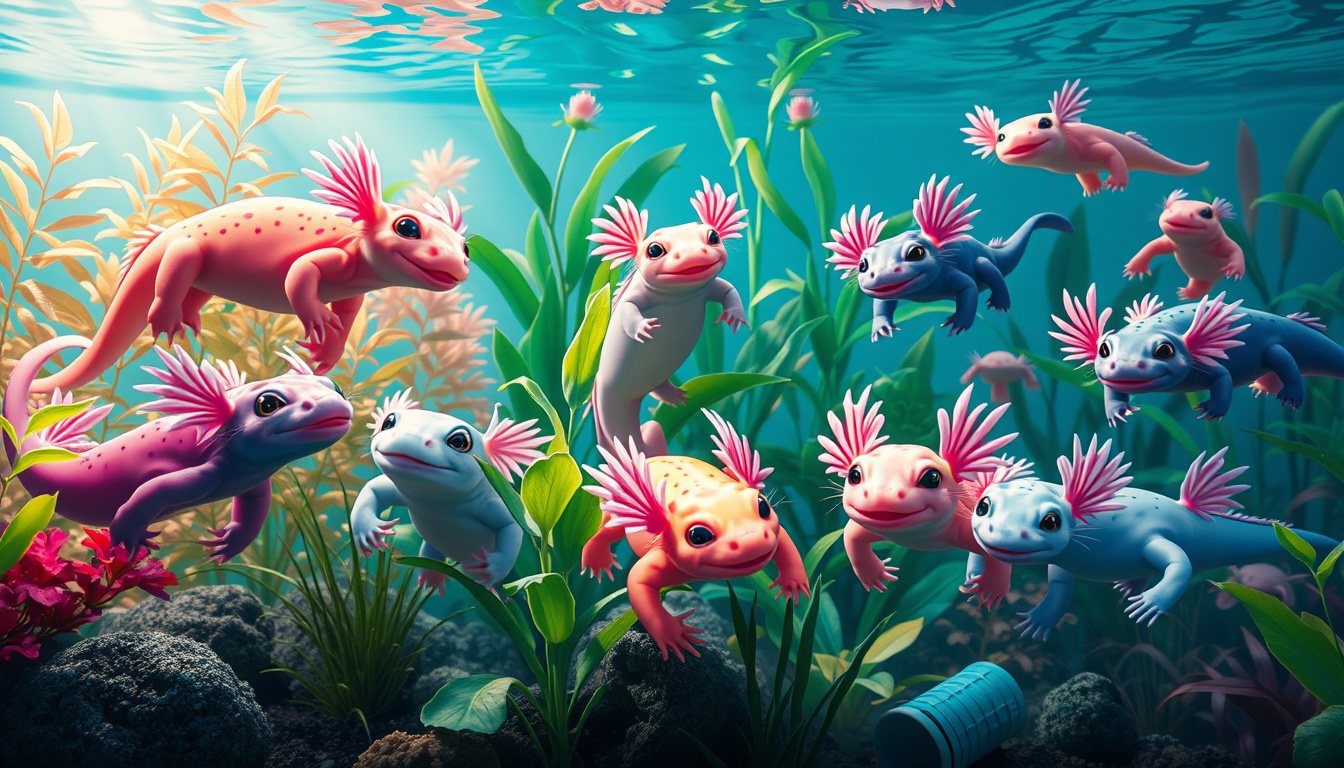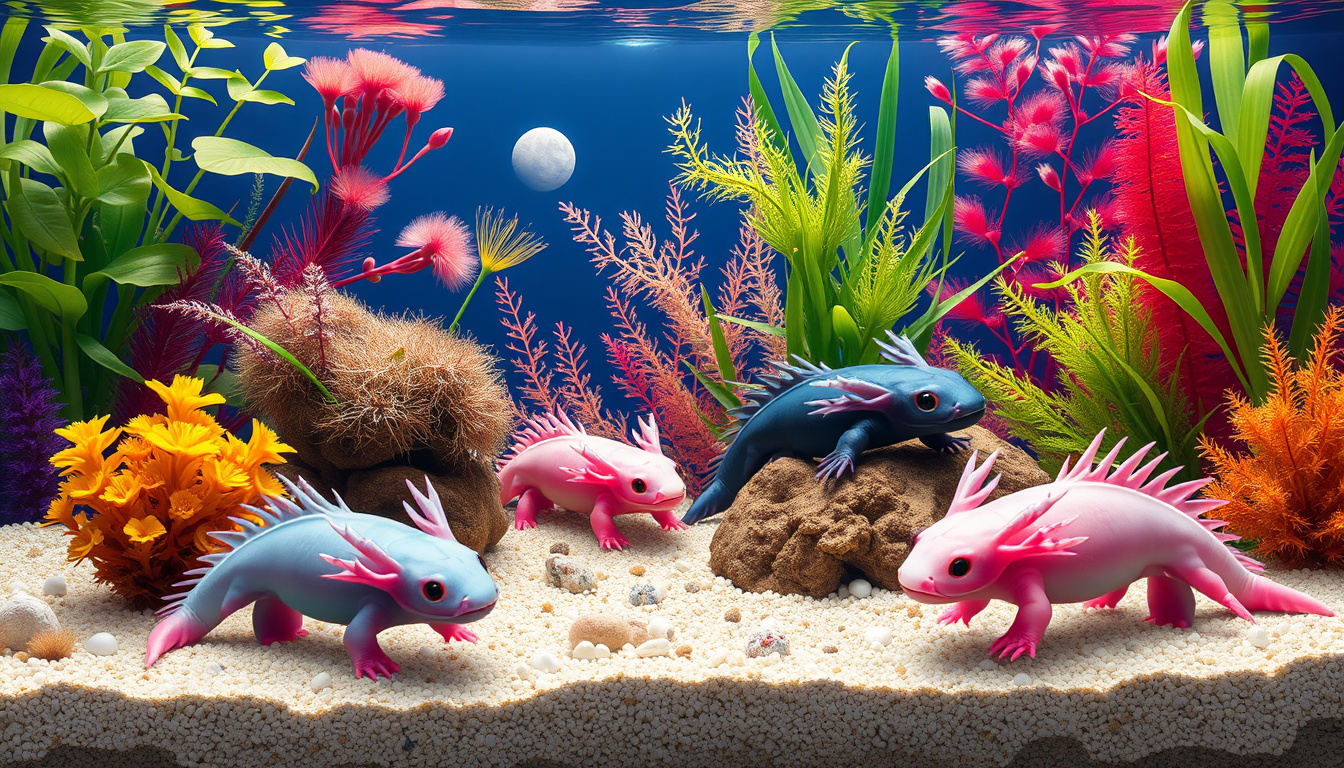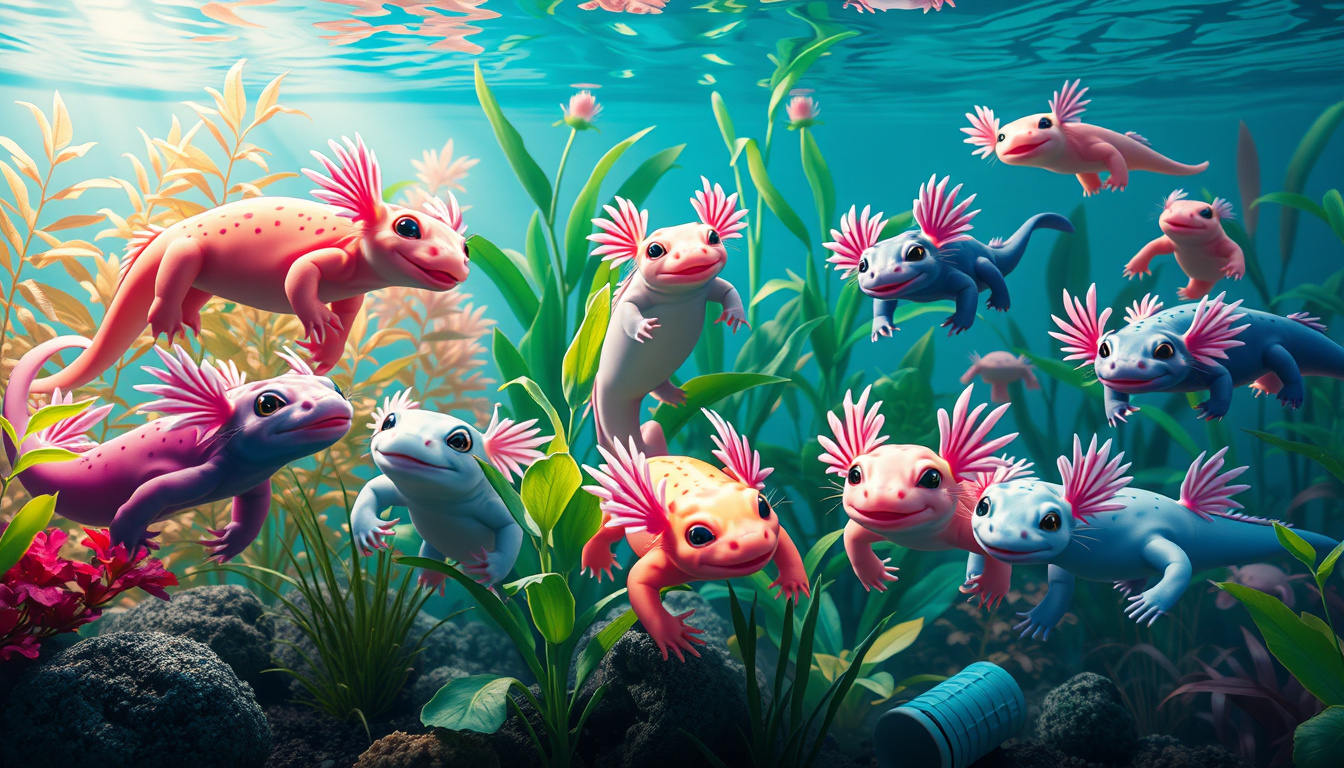Have you ever heard of the axolotl?
This incredible creature, often hailed as one of nature’s most fascinating wonders, is more than just a cute face with gills.
In this exploration of axolotl morphology, we’ll uncover the unique characteristics that make the axolotl a remarkable subject of study in both biology and conservation.
From its distinct physical traits to how its environment shapes its unique form, this article will open the door to understanding the science behind this extraordinary amphibian.
Join us as we dive deep into the morphology of the axolotl, a true marvel of nature!

 October 2025
October 2025

